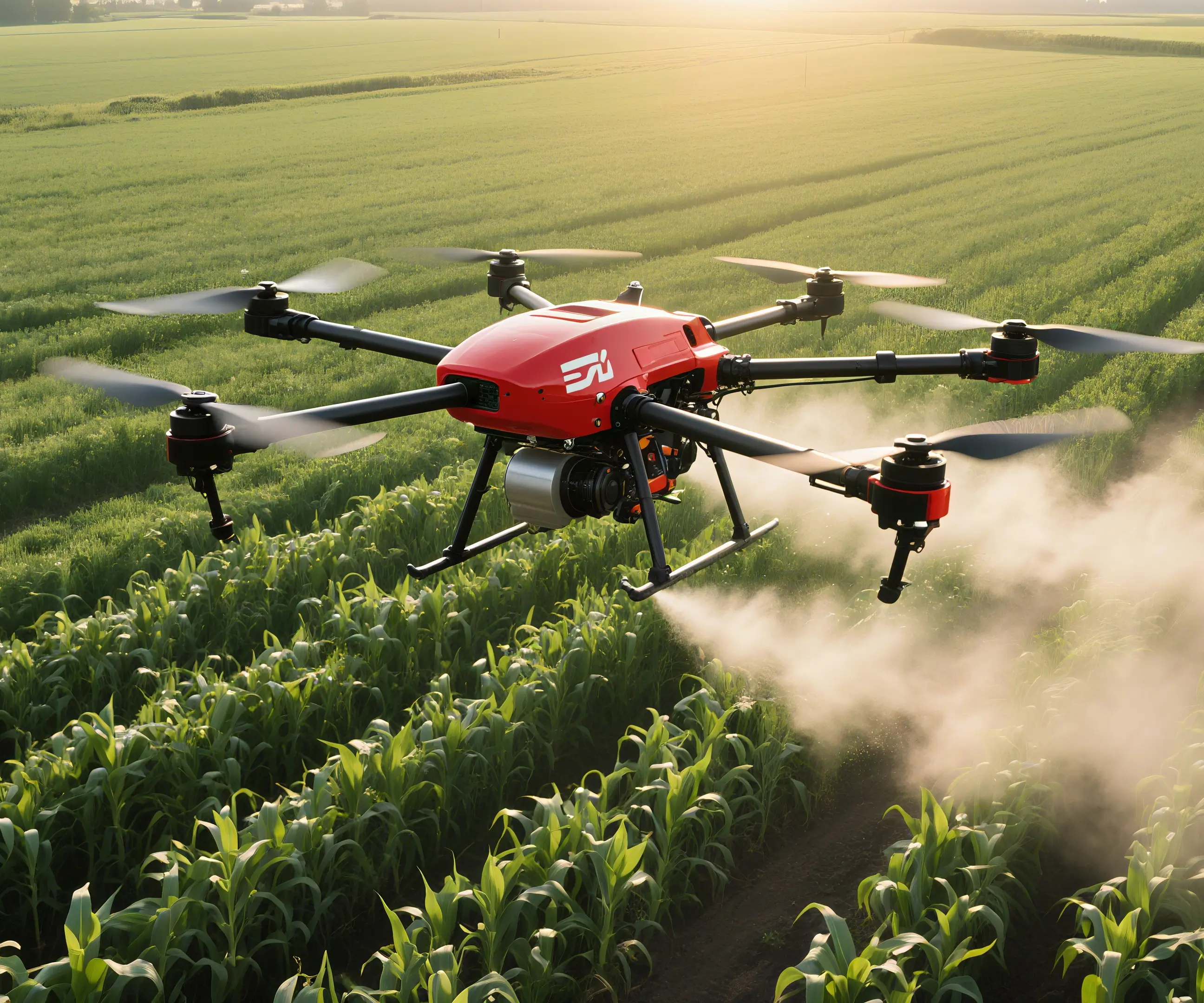Imagine you're gearing up to build or upgrade a complex application. The buzzword floating around? Microservice architecture. But what exactly does that mean? Think of it as breaking down a big, unwieldy system into tiny, manageable pieces—like trading a monolithic block for a puzzle of smaller parts that fit perfectly together.

Here's the thing: at its core, microservices divide the application into independent modules. Each module handles a specific feature or function, like user authentication, payment processing, or notification system. But why bother? For starters, scalability. Need more resources for payment? Just scale that microservice without messing with the rest. Need to patch something quickly? Tweak that one tiny service, not the entire application.
Now, I know what some might ask—"Doesn’t that introduce complexity?" Absolutely. But the beauty is, well-designed microservice architecture leverages containerization, automated deployment, and sophisticated orchestration to keep things smooth. Picture rolling out updates without downtime or tangled dependencies. It’s like upgrading a segment of your city’s subway without shutting down the whole network.
Plus, it’s all about resilience. If one microservice hiccups or crashes, it doesn’t bring the entire system down. Instead, the rest keeps running, like a well-oiled machine with a few worn-out gears swapped out in seconds. That kind of fault-tolerance isn’t just nice to have—it’s a game-changer for high-availability systems, especially in today’s fast-paced digital environment.
But what about questions people often don’t ask upfront? For example: "Is microservice architecture suitable for small projects?" Often, people think microservices are only big enterprise affairs, but more and more small apps benefit from this pattern—if they anticipate growth or need agility. It’s like planting a sapling that grows into a tall tree. You want a flexible foundation from day one.
Another point worth pondering is how microservices impact team collaboration. Because each piece is autonomous, developers can work on different services simultaneously. Think of assembling a car—one team works on the engine, another on the interior, while some tune the electronics. This parallel work speeds up development cycles significantly.
Of course, switching to microservices isn't without hurdles. You’ll face challenges like data consistency, increased network calls, and the need for robust monitoring. But with the right tools and practices—think distributed tracing, CI/CD pipelines, and automated testing—it turns into a manageable process rather than a chaos.
Some might wonder if all this is overkill. Honestly, it depends on the project size, the expected scale, and how quickly you want to adapt. For those aiming for rapid iteration and deployment, microservice architecture can be the secret weapon—giving you agility without sacrificing stability.
So, it boils down to whether your application needs that kind of flexibility and resilience. Microservices might seem intimidating at first, but once you see how each little piece can be optimized and upgraded independently, it becomes clear why so many are making the switch. And if you’re pondering the next step in your system architecture, remember: sometimes, breaking things down is the way forward.
Established in 2005, Kpower has been dedicated to a professional compact motion unit manufacturer, headquartered in Dongguan, Guangdong Province, China. Leveraging innovations in modular drive technology, Kpower integrates high-performance motors, precision reducers, and multi-protocol control systems to provide efficient and customized smart drive system solutions. Kpower has delivered professional drive system solutions to over 500 enterprise clients globally with products covering various fields such as Smart Home Systems, Automatic Electronics, Robotics, Precision Agriculture, Drones, and Industrial Automation.




































